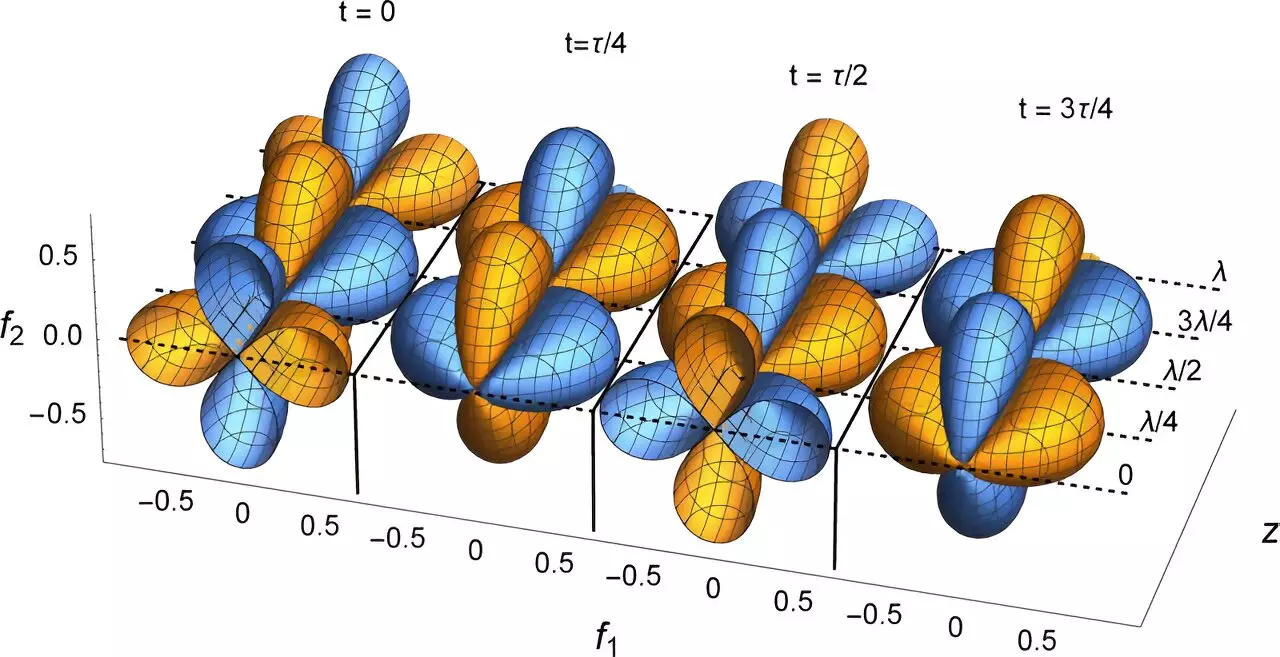Gravitational waves, first predicted by Albert Einstein in 1916, have remained one of the most elusive phenomena in the field of physics. These waves, generated when two black holes collide, create ripples in spacetime and carry energy across the universe. The ability to observe gravitational waves poses a significant challenge due to the minuscule changes in length that need to be measured, smaller than the diameter of an atomic nucleus.
Simulating Gravitational Waves in the Laboratory
In a groundbreaking study, researchers from the Okinawa Institute for Science and Technology (OIST), the University of Tohoku, and the University of Tokyo have proposed a method for simulating gravitational waves in the laboratory setting. By harnessing the quantum condensate of cold atoms, these scientists have uncovered a way to replicate the behavior of gravitational waves on a much smaller scale.
The Significance of Einstein’s Theory of General Relativity
Professor Nic Shannon, senior author of the study, emphasizes the profound impact of Einstein’s theory of general relativity on our understanding of space and time. The theory introduced the concept of spacetime curvature, leading to the prediction of black holes and gravitational waves. These waves contain crucial information about the universe, yet their detection remains a formidable task.
While advanced telescopes like LIGO in the U.S., the Virgo interferometer in Europe, and the Kamioka Gravitational Wave Detector (KAGRA) in Japan have enabled the detection of gravitational waves from cataclysmic cosmic events, such as black hole mergers, the observational scope remains limited. Scientists seek alternate approaches to study gravitational phenomena, including replicating aspects of general relativity in controlled laboratory settings.
Exploring Quantum Phenomena in Bose-Einstein Condensates
The research team delved into the realm of Bose-Einstein Condensates (BEC), a state of matter predicted by Einstein for bosons at extremely low temperatures. By focusing on a specific type of BEC known as spin nematics, the scientists discovered a striking analogy to gravitational waves. Spin nematics, akin to liquid crystals in everyday devices like smartphones and televisions, exhibit wave-like properties that mimic the behavior of gravitational waves.
The study’s lead author, Dr. Leilee Chojnacki, highlights the beauty of physics in uncovering similar mathematical structures underlying diverse phenomena. The team’s ability to draw parallels between quantum condensates and gravitational waves underscores the interconnectedness of different branches of physics. By simulating gravitational waves in a simplified experimental setup, researchers aim to deepen our understanding of these elusive cosmic signals.
The exploration of gravitational waves through quantum condensates marks a significant advancement in the field of physics. By bridging the gap between theoretical concepts and experimental simulations, scientists are poised to unravel the mysteries of the universe’s most enigmatic phenomena. The profound implications of this research extend beyond the realm of quantum physics, offering new insights into the fundamental nature of spacetime and the interconnectedness of physical phenomena.


Leave a Reply